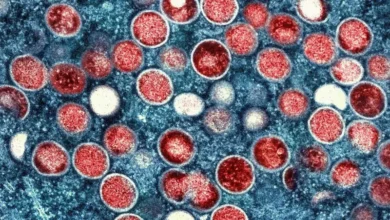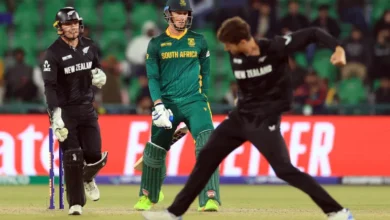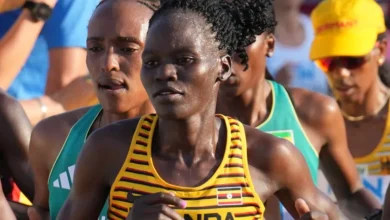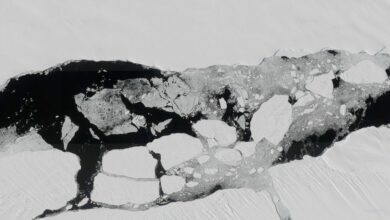How much water should I drink during a heat wave?
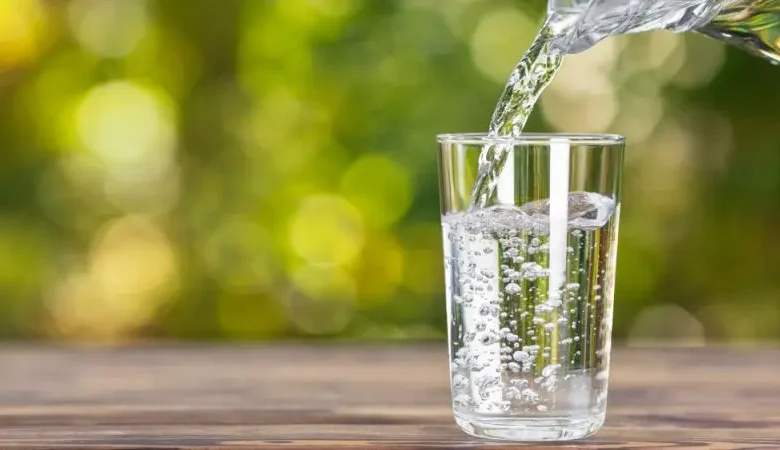
As temperatures climb during a heat wave, staying hydrated becomes more crucial than ever. Our bodies lose more water through sweating as they work to regulate temperature, increasing the risk of dehydration. But how much water should you drink during a heat wave to stay healthy and hydrated?
The amount of water an individual needs can vary based on several factors, including age, weight, activity level, and overall health. Generally, the recommended daily water intake for adults is around 2.7 liters (91 ounces) for women and 3.7 liters (125 ounces) for men, according to the National Academies of Sciences, Engineering, and Medicine. However, during a heat wave, these needs can increase significantly.
Factors Affecting Water Needs
- Activity Level: If you’re physically active or spend a lot of time outdoors during a heat wave, you’ll need to drink more water to compensate for the additional fluid loss through sweat.
- Climate and Environment: High temperatures and humidity levels can increase the rate of water loss. You’ll need to adjust your water intake accordingly.
- Health Conditions: Certain health conditions, such as diabetes or heart disease, can affect your body’s fluid balance. Consult with a healthcare provider for personalized advice.
- Age and Gender: Children and older adults are more susceptible to dehydration and may require more frequent hydration.
Signs of Dehydration
It’s important to recognize the signs of dehydration to take action before it becomes severe. Common symptoms include:
- Dry mouth and throat
- Dark yellow urine or decreased urine output
- Fatigue or dizziness
- Headache
- Dry skin
- Rapid heartbeat
How Much Water to Drink
During a heat wave, you should aim to drink more than the usual daily recommendations. Here are some guidelines to help you stay hydrated:
- Increase Intake by 1-2 Liters: In extreme heat, consider increasing your water intake by 1-2 liters (about 34-68 ounces) per day. This means women might need around 3.7-4.7 liters and men might need 4.7-5.7 liters of water daily.
- Drink Regularly: Don’t wait until you’re thirsty to drink water. Thirst is a late sign of dehydration. Aim to drink small amounts of water consistently throughout the day.
- Monitor Urine Color: Use the color of your urine as a guide. Light yellow or straw-colored urine typically indicates proper hydration. Dark yellow or amber-colored urine is a sign that you need to drink more water.
- Consider Electrolytes: When you sweat, you lose not only water but also electrolytes such as sodium, potassium, and magnesium. Drinking beverages that contain electrolytes, such as sports drinks or coconut water, can help maintain the balance of these essential minerals.
Hydration Tips During a Heat Wave
- Carry a Water Bottle: Keep a reusable water bottle with you at all times and take regular sips throughout the day.
- Set Reminders: Use a phone app or set alarms to remind you to drink water regularly, especially if you’re busy or tend to forget.
- Eat Water-Rich Foods: Incorporate fruits and vegetables with high water content into your diet, such as watermelon, cucumber, oranges, and strawberries.
- Avoid Dehydrating Beverages: Limit intake of alcohol, caffeine, and sugary drinks, as they can contribute to dehydration.
- Stay Cool: Reduce water loss by staying in air-conditioned or shaded areas as much as possible. Wear lightweight, light-colored clothing to help regulate your body temperature.


